How your choice of bricks can have a transformative effect on your project, by Janine Stone's Jeremy Spencer
Giles Kime asks Jeremy Spencer of Janine Stone why bricks can have such a transformative effect on the success of a project.
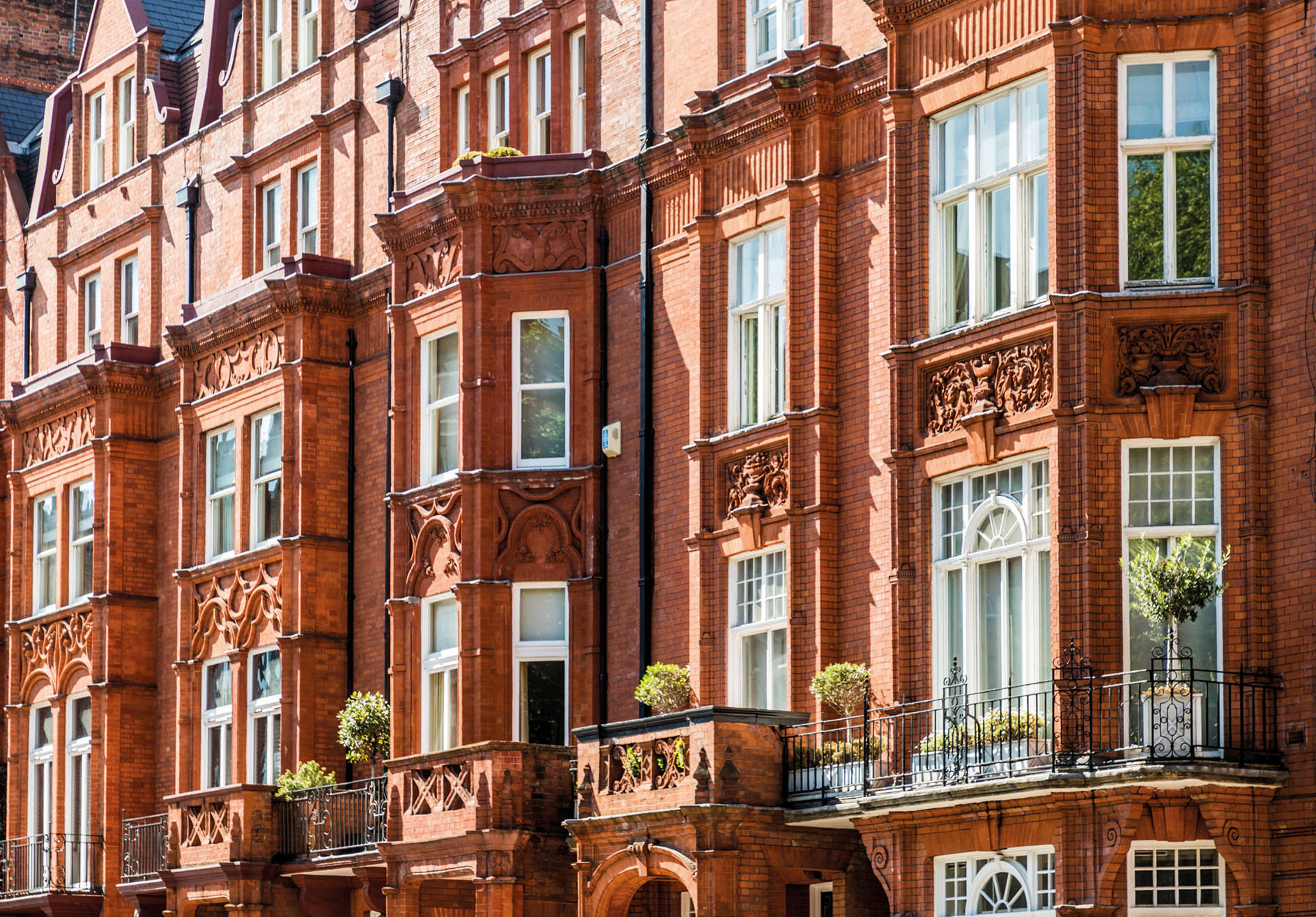

What are the characteristics of a good quality brick?
Historically, bricks were a readily available local material, designed to be about the size of a human hand. Ubiquitous, durable, beautiful, sustainable, largely maintenance free, acoustically dense, heat resistant and with great compressive strength, they are the ideal building material. I’ve always taken delight in both old and new buildings that show well considered brickwork. They can be used cheaply and practically, but when they’re used creatively, they can really elevate a building’s aesthetics.
All bricks, whether hand- or machine-made, are used for their specific attributes, colour, pattern, texture, strength, dimensions. Choosing the right bricks for a project takes time to test and compare samples, and any special shapes or sizes need to be identified early because they usually have a long procurement time. Distinct bricks around windows, band courses and cornices really can make the difference to a project. Up and down the country, there are local favourites, which often depend on the available clays that dictate the base colour.
When refurbishing and extending a building, you usually need to match the existing brickwork, or make a deliberate contrast. In my experience, local authorities will frequently insist on a sample panel of brickwork to be accepted before work starts, as a condition of approval.
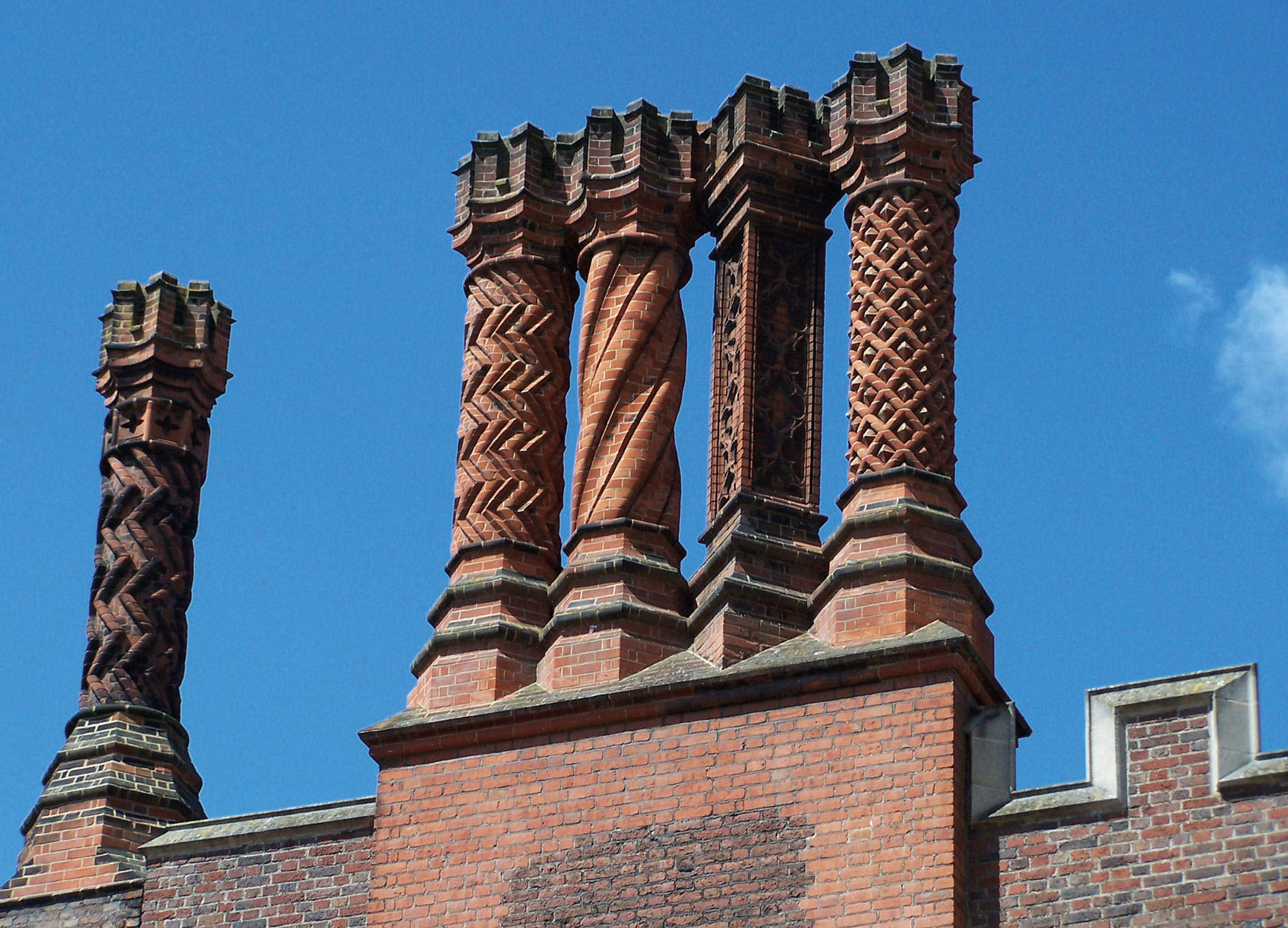
Why is brickwork so vital to the great architecture of the past? And are there some examples you could share?
I love St Pancras Station. It’s a real symphony of creative articulation using bricks and stone. Clients particularly like the combination of handmade red brick with beautiful stone detailing around the architectural elements. Although this combination is expensive to achieve, it can make a building truly distinctive with a modern appearance that’s anchored in the great building projects of the past. But choosing a favourite is difficult: the articulation, profiles and expression the Victorians found using bricks and stone in areas such as Cadogan Square, many parts of Westminster and Mayfair are astounding, as are some of the calmer façades of Georgian brick buildings.
There are so many great examples, both in the UK and abroad: George Gilbert Scott’s cathedral-like power stations in London, the joyful creativity of Hampton Court’s chimneys, the Buddhist buildings in Bagan, Myanmar, Frank Lloyd Wright’s Robie House in Chicago, Lutyens’s many superb brick buildings, including Daneshill Brickworks (which produced 10in by 5in by 1½in elegant narrow bricks, a module he put to great use).
The Pantheon, Rome, is probably the oldest building in continuous use and its influence is notable throughout the world of architecture. Although bricks weren’t used expressively there, they do form the main building blocks of the structure in an amazing array of Roman arches.
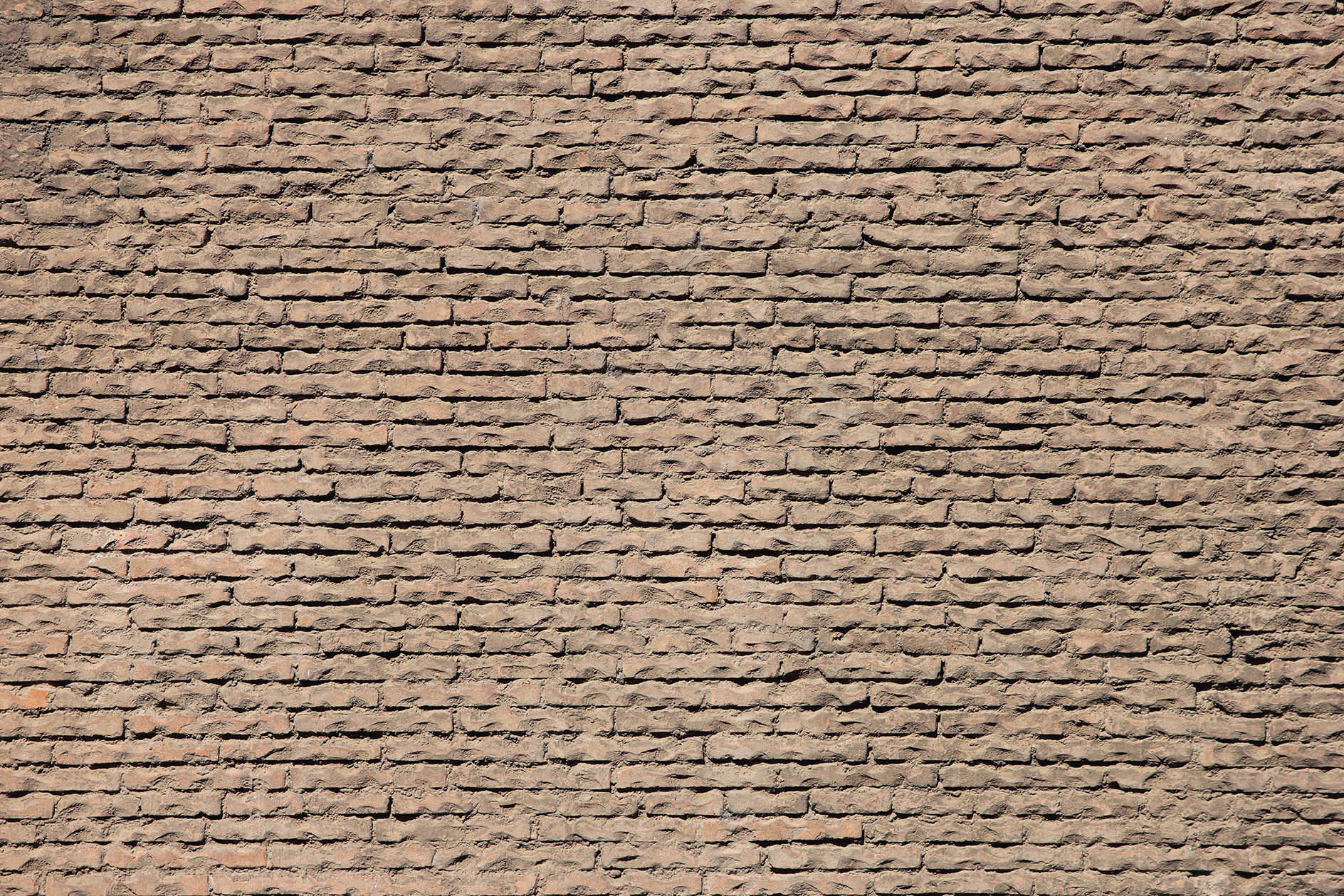
Some houses we’ve worked on in Chelsea are made up of bricks from different parts of the country, as they were built during or after the First World War, when there was a shortage, so the original selection and supply was probably designed to allow for a wider mix of colours and textures, visually brought together by the use of ‘red rubber’ bricks around the openings. (Red rubbers are also known as ‘soft reds’ and they are easier to shape.)
Although brick is regularly used on many new builds and extensions , the lack of design imagination and skilled artisan bricklayers means that what could be a glorious building with fantastic detailing can become very mundane. At Janine Stone, we pride ourselves on the creativity that goes into our brick-designed buildings and the selection of our bricklayers to create homes of distinction.
How did Georgian and Victorian brickwork compare?
In Georgian times (1714–1830), brick was often used for specific purposes in stone structures, vaulting or internal partitions, and in urban and rural areas alike, where it was influenced by the local vernacular. Holkham Hall, in Norfolk, was largely built in brick to a special dimension cast as exact replicas from ancient Roman bricks. But it was with the growth of the railways in the Victorian era that the use of bricks really exploded — stations, bridges, tunnels, stations.
The way bricks were produced came under close industrial scrutiny, resulting in advances in kiln technology, mass-production processes, and standardisation of sizes. There was a golden age of decorative brickwork between 1860 and 1890 that saw special bricks used in even the most functional of buildings. The skill and number of bricklayers grew, too, but was eventually curtailed by the First World War, which put an end to the great brick-building era.
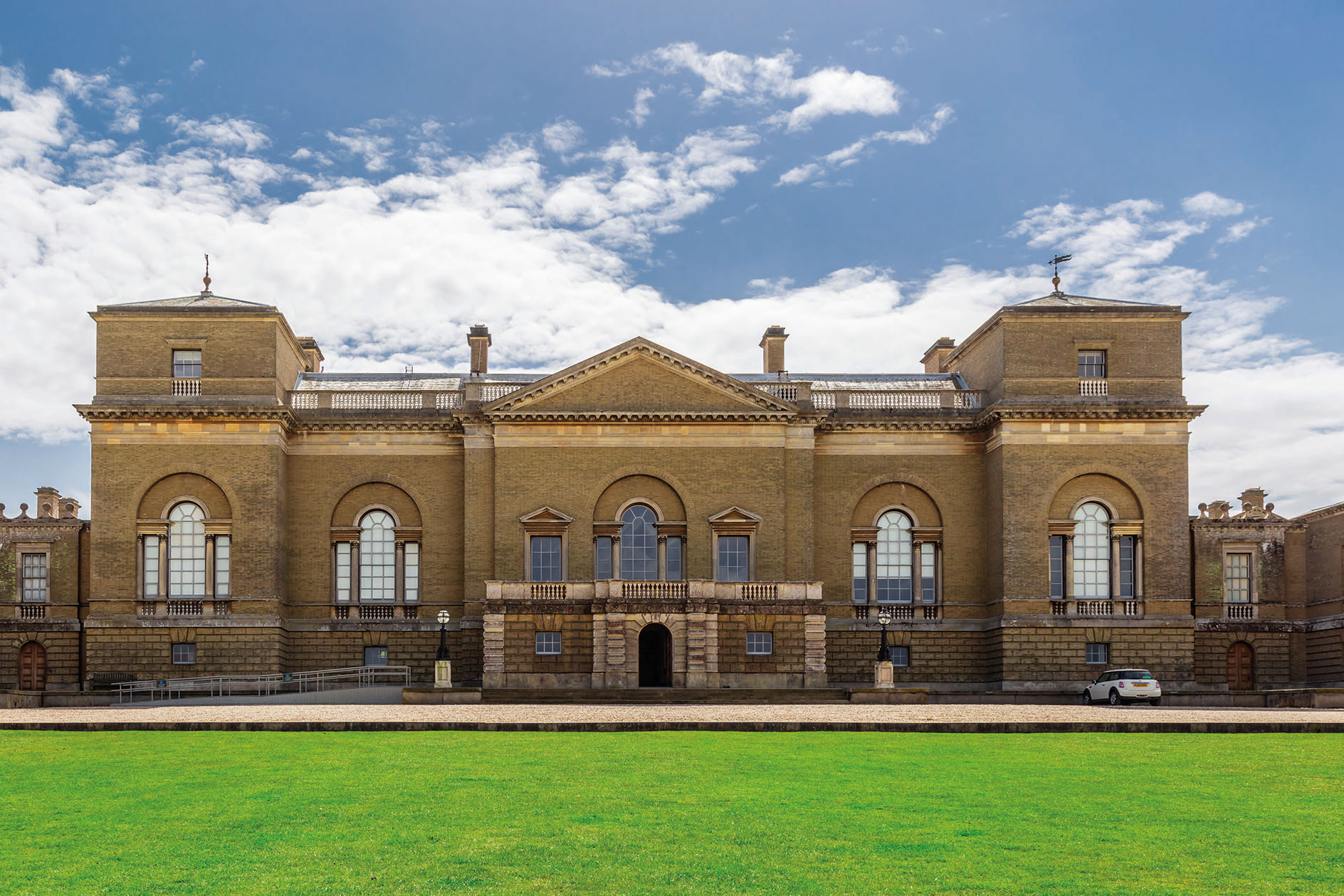
Among the architects of the past, which ones had a particular understanding of brickwork in your view?
There are so many: Sir John Soane (the son of a bricklayer) and his students had a scholarly knowledge of bricks bonds and how to use them, as did master builders and bricklayers of the 17th, 18th and 19th centuries. The brick-face dimensions — stretcher (1), header (½) and queen closer (¼) — formed the parameter of designing elevations to reduce the amount of cut-brick work and maintain structural strength. The Flemish influence from the early 16th century inspired decorative patterns within the bond.
William Butterfield developed these to great effect in the High Victorian Gothic era. The main bonds are English and Flemish for a full brick-thick wall and stretcher for a half brick-thick wall, but there are many variations that have been used over the centuries and continue to be.
What does great brickwork lend to a new building?
Great brickwork can lend a complete modular aesthetic to a new building. It can highlight architectural elements and showcase great craftsmanship. The articulation, colour, texture and pattern of a brick building’s envelope holds limitless creative opportunities and has been used to great effect in many great buildings.
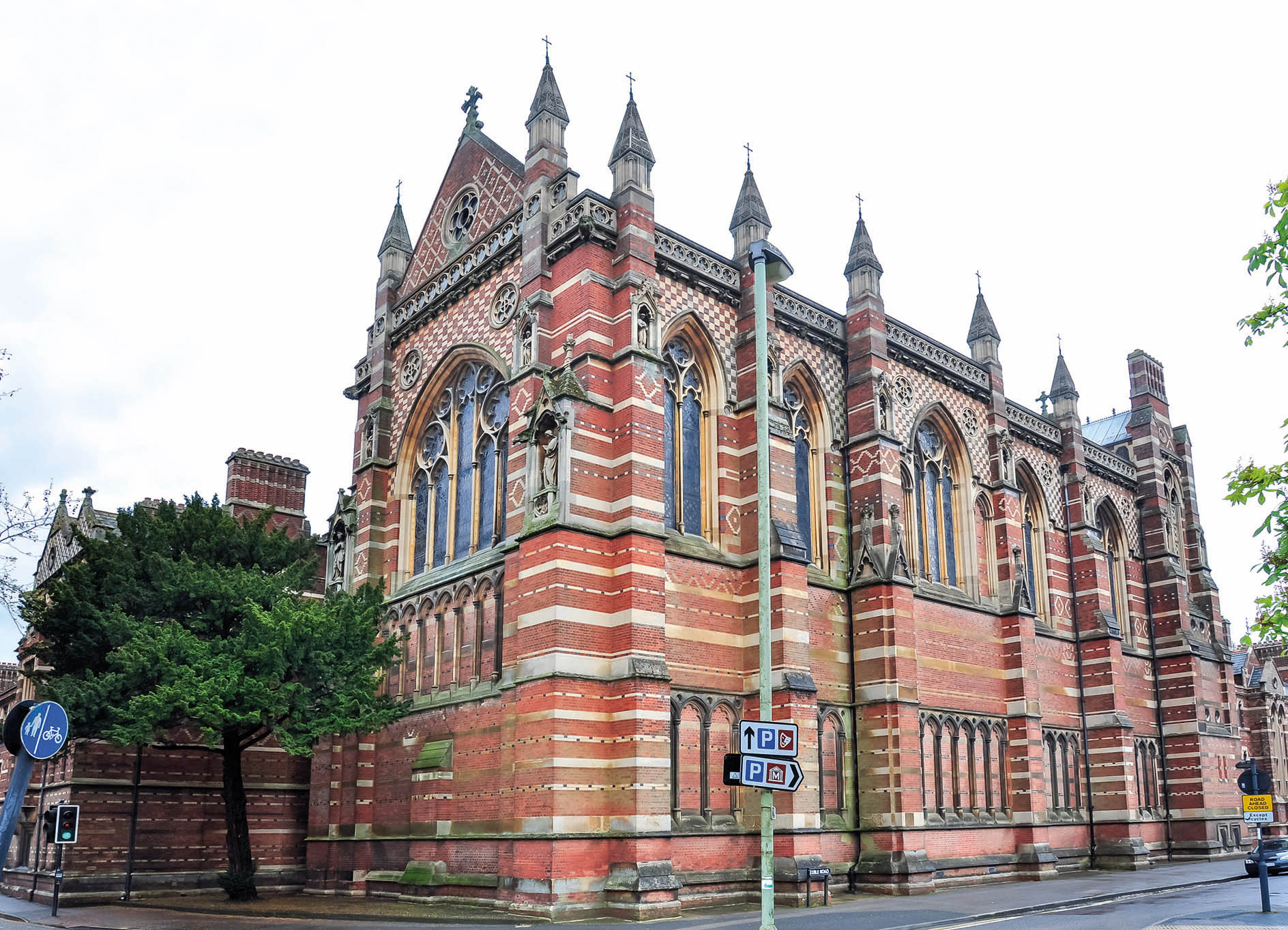
How is this incorporated into the overall architectural plan?
As the main building block, the dimensions of a brick will often influence the dimensions of a building’s architectural elements: the radius of a curve, the height and width of a window, an arch, an opening, or the thickness of a wall, to name a few. When bricks are used creatively and expertly, the design and materials can resonate and become great architecture.
What bricks should I use for my project?
Great question. The choices and options open to anyone undertaking a new-build or renovation project today are immense and it’s not easy to visualise how the result will look simply by selecting this or that brick.
This is where modern technology can provide designers with an advantage over their predecessors. At Janine Stone, we use photo-realistic computer modelling to help develop the design and show our clients how the building will look from every angle before any brick is laid. They can see what would happen if we change the style, size or texture of bricks, from beautiful, handmade ones to machine-made versions. The bond, colour, texture, size and pointing can all be checked as if we simply photographed the finished building.
This approach takes a little longer at design stage, but ultimately helps us experiment with some interesting options for our clients to choose from, so we can deliver the perfect house for them.
Janine Stone & Co specialises in building and renovating great houses, incorporating architecture, interior design and construction management, and has been providing Country Life with insights and expertise through this ‘Masterclass’ series for the past few months. To speak with Janine Stone & Co, please telephone 020–7349 8888 or visit www.janinestone.com
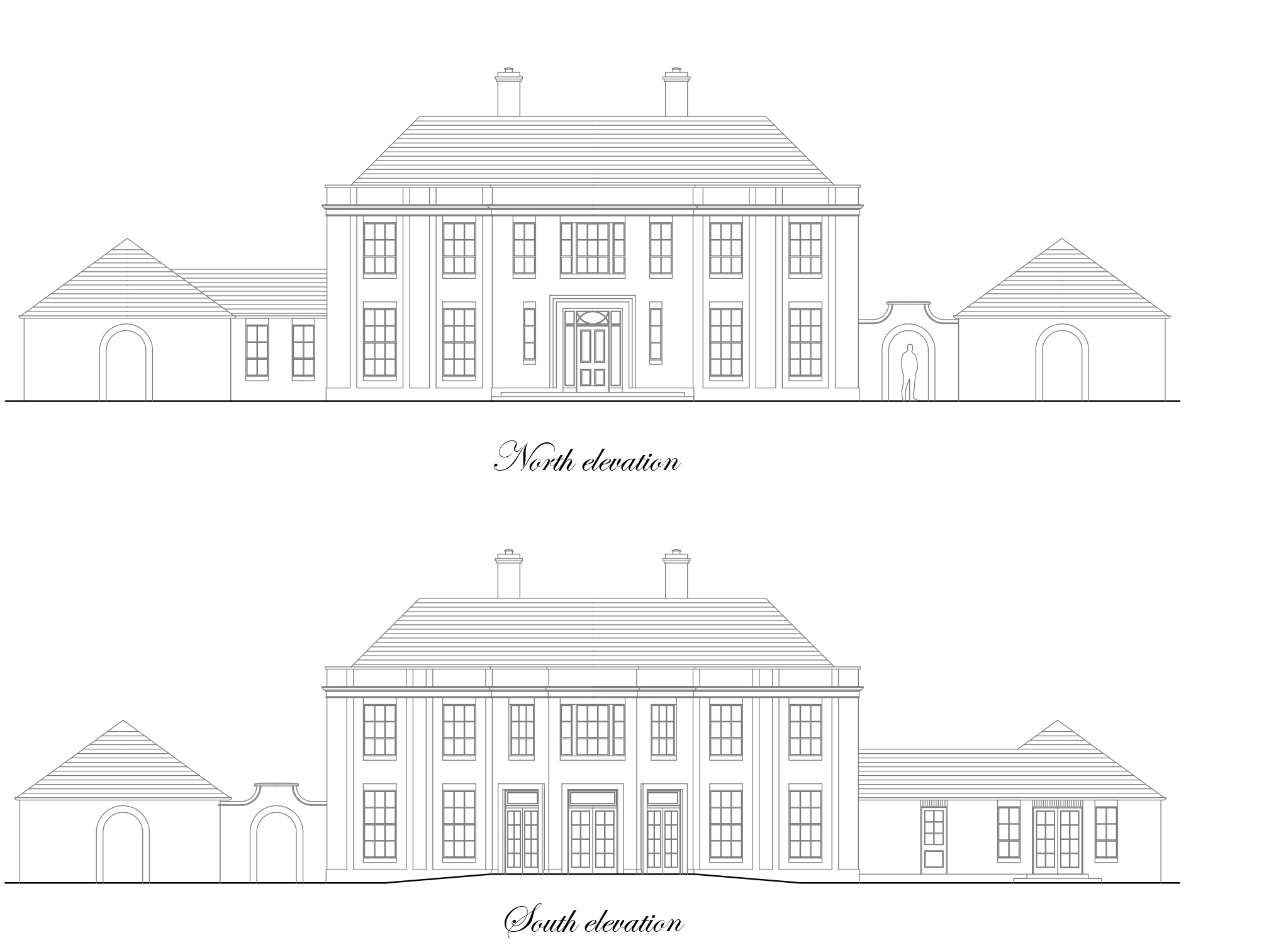
Credit: Janine Stone
Janine Stone's Jeremy Spencer on getting the right team for your project, and keeping the client at the epicentre
Jeremy Spencer of Janine Stone tells Country Life’s Giles Kime why collaboration is key to the success of an architectural
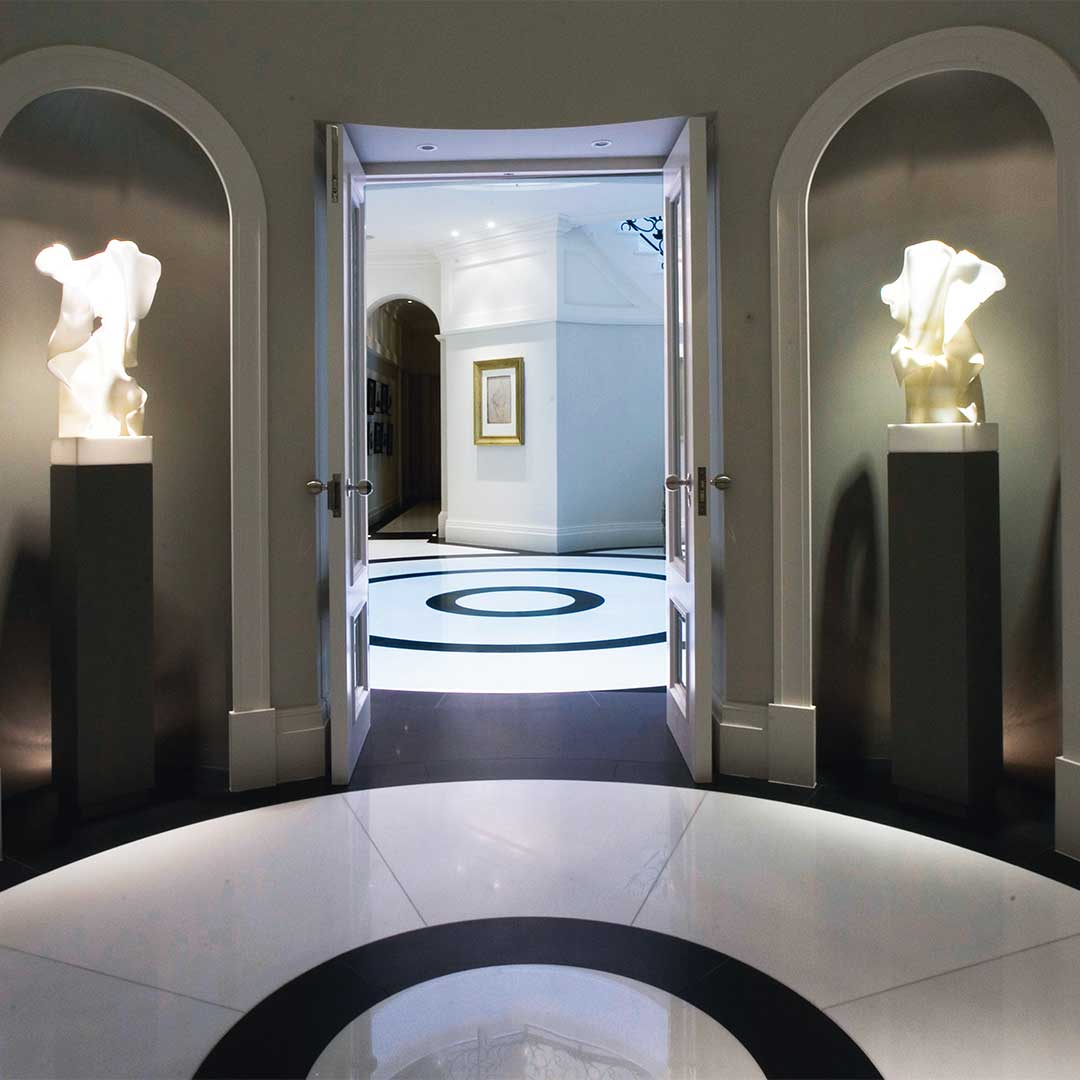
Janine Stone: Creating spaces to show off your art, sculpture, car or and even wine collection
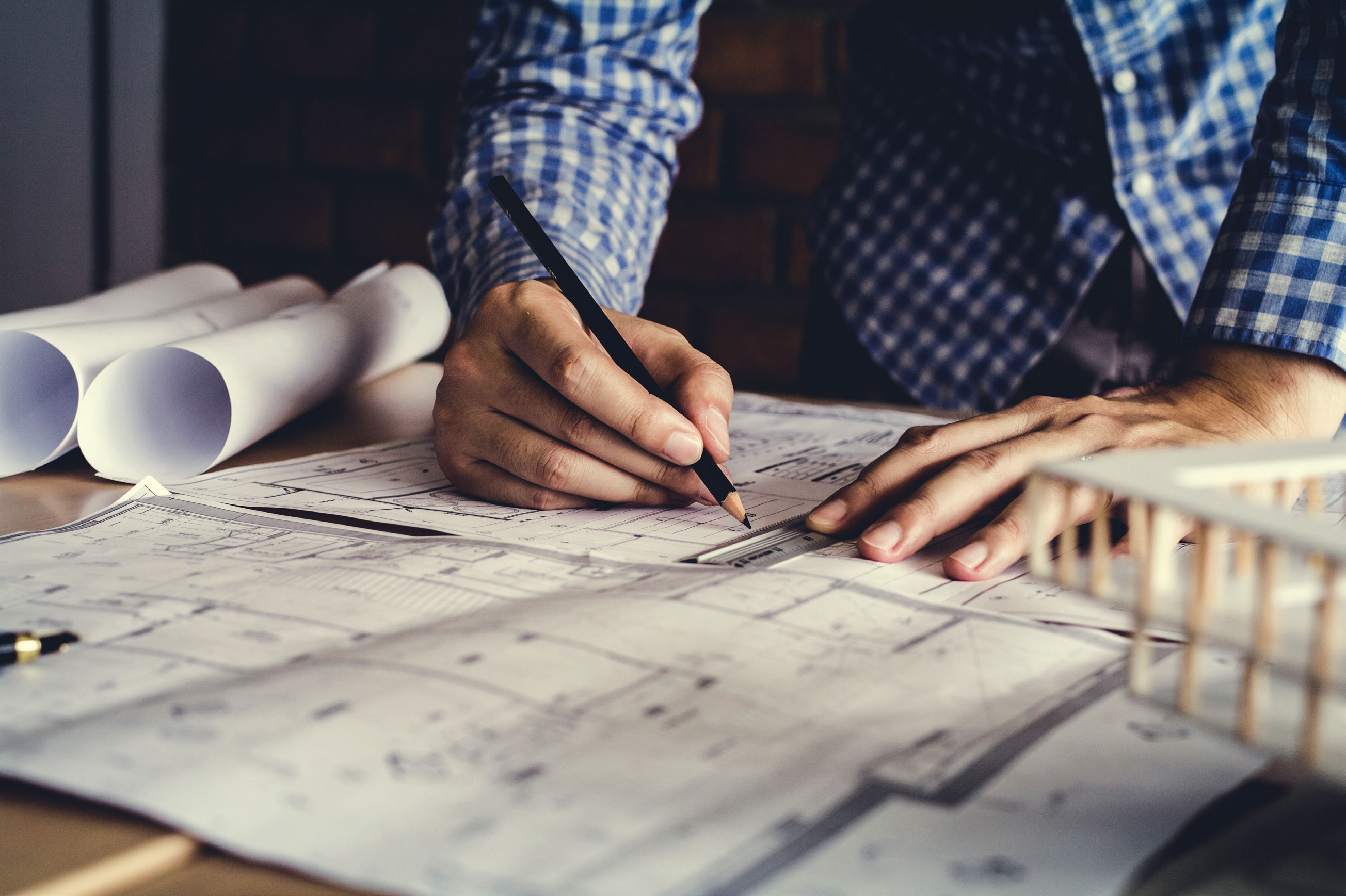
Credit: Janine Stone
Janine Stone: 'We create houses not only for clients, but for future generations'
In the third of our series of masterclasses, interior designer Janine Stone answers questions from Giles Kime about how to
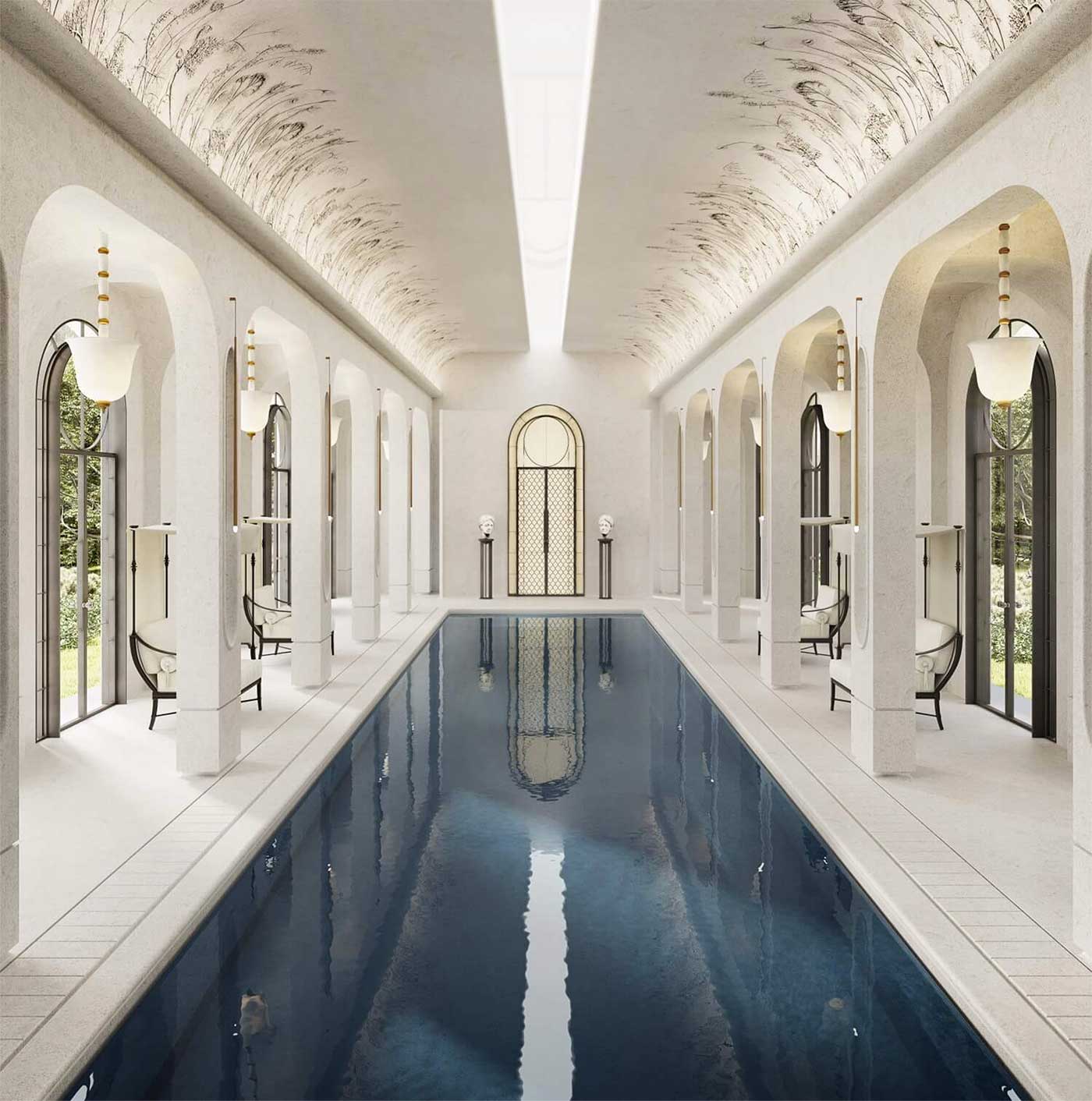
Janine Stone: How to fit a home gym, pool or yoga studio seamlessly into your house
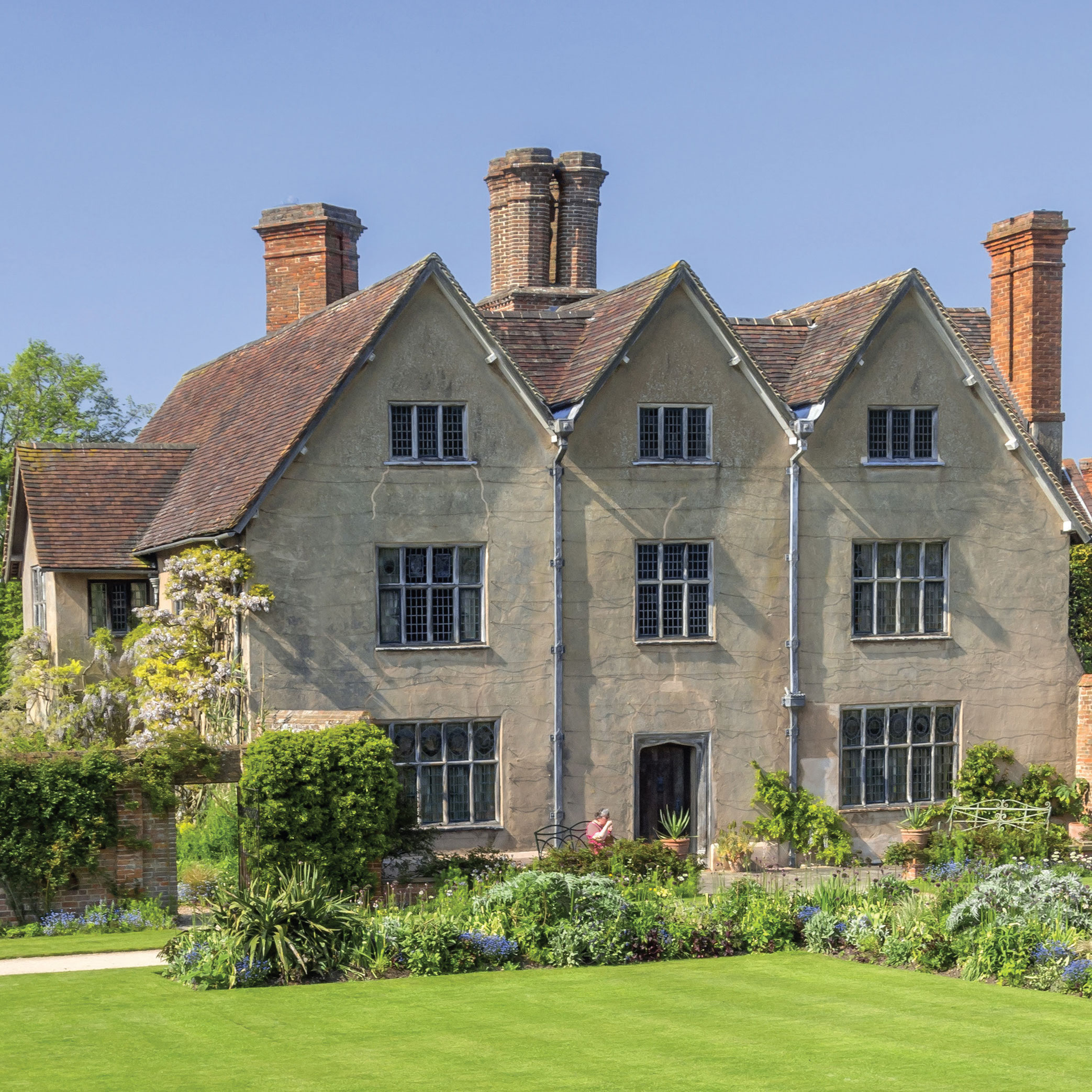
Credit: Janine Stone
Janine Stone: 'There’s an assumption that living in a period property involves a compromise in terms of layout and comfort. We don’t agree'
Sign up for the Country Life Newsletter
Exquisite houses, the beauty of Nature, and how to get the most from your life, straight to your inbox.
-
 380 acres and 90 bedrooms on the £25m private island being sold by one of Britain's top music producers
380 acres and 90 bedrooms on the £25m private island being sold by one of Britain's top music producersStormzy, Rihanna and the Rolling Stones are just a part of the story at Osea Island, a dot on the map in the seas off Essex.
By Lotte Brundle
-
 'A delicious chance to step back in time and bask in the best of Britain': An insider's guide to The Season
'A delicious chance to step back in time and bask in the best of Britain': An insider's guide to The SeasonHere's how to navigate this summer's top events in style, from those who know best.
By Madeleine Silver
-
 Jewels of the Mediterranean: Luxury multi-generational villa holidays
Jewels of the Mediterranean: Luxury multi-generational villa holidaysThe Thinking Traveller have some of the finest villas in the Mediterranean on their books for multi-generational holidays. Here are just a few of the highlights.
By The Thinking Traveller
-
 Code8: Beauty on Burlington Arcade
Code8: Beauty on Burlington ArcadeCome along Burlington Arcade with Hetty Lintell to visit beauty gurus Code8, and try their new Day To Night Foundation.
By Code8
-
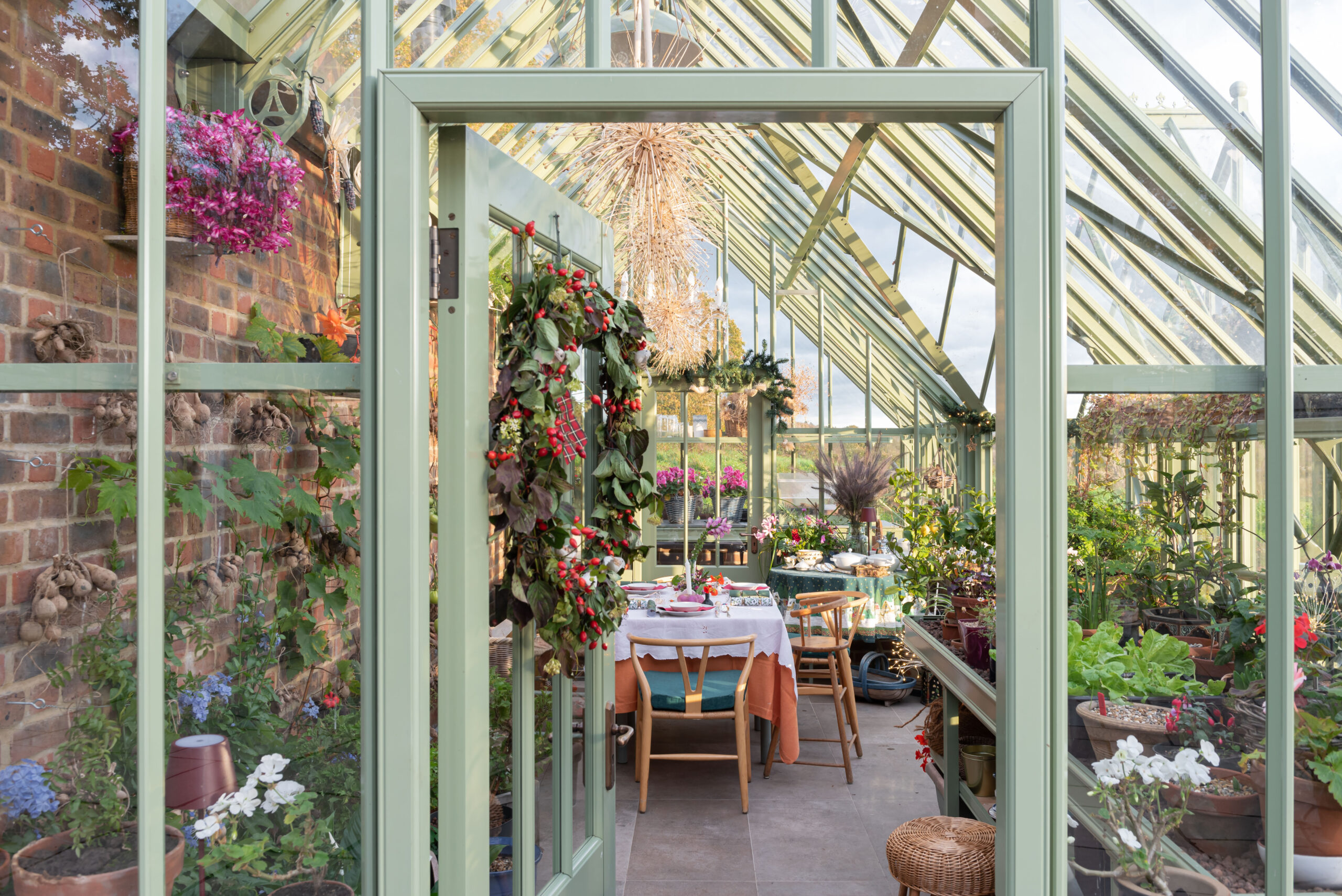 The gift of growing
The gift of growingEntirely built to suit your needs, a bespoke Alitex greenhouse not only helps you nurture flowers and vegetables, but also offers a tranquil retreat from the pressures of daily life.
By Alitex
-
 The ultimate Canadian train journey
The ultimate Canadian train journeyExperience the spectacular scenery of the Canadian Rockies onboard the luxury and top-tier service of Rocky Mountaineer.
By allantaylor
-
 Diamonds are a man’s best friend
Diamonds are a man’s best friendMale interest in jewellery is on the rise, with gypsy and signet rings proving especially popular, according to renowned jeweller Hancocks.
By Hancocks London
-
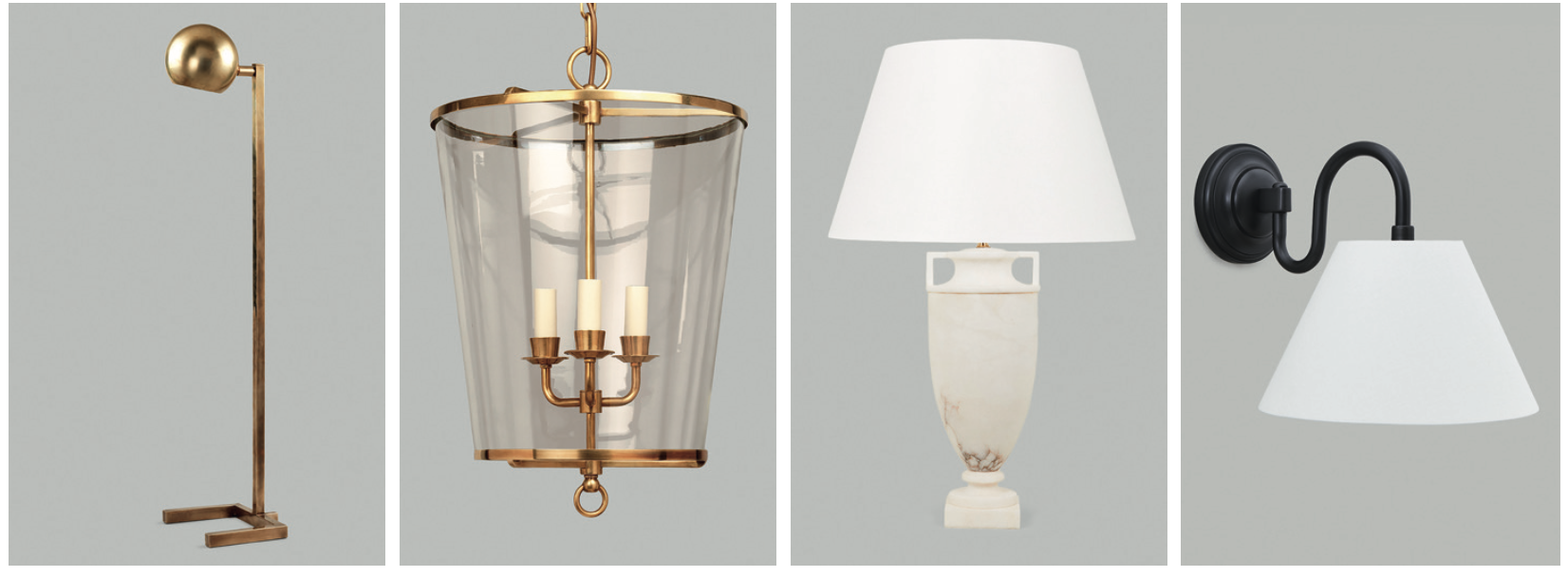 The Art of Lighting: Four of Britain's top designers share their best tips for choosing lighting
The Art of Lighting: Four of Britain's top designers share their best tips for choosing lightingAt a recent panel discussion hosted at Vaughan’s London showroom during Focus/24, interior designers Emma Pocock and Sarah Peake, lighting designer Jo Mann of Lighthouse Designs and Richard Smith of Vaughan shared their top 10 tips on choosing lighting.
By Vaughan
-
 The beauty of bespoke: A journey with Julia Lloyd George
The beauty of bespoke: A journey with Julia Lloyd GeorgeGoing bespoke with Julia Lloyd George means getting not just a piece of jewellery, but a lifelong treasure.
By Julia Lloyd George
-
 Hancocks: Sparkle of genius
Hancocks: Sparkle of geniusHistoric jewellery firm Hancocks, now in its new St James’s home, specialises in old-cut diamonds pieces that gleam and turn heads even in low light.
By Hancocks London